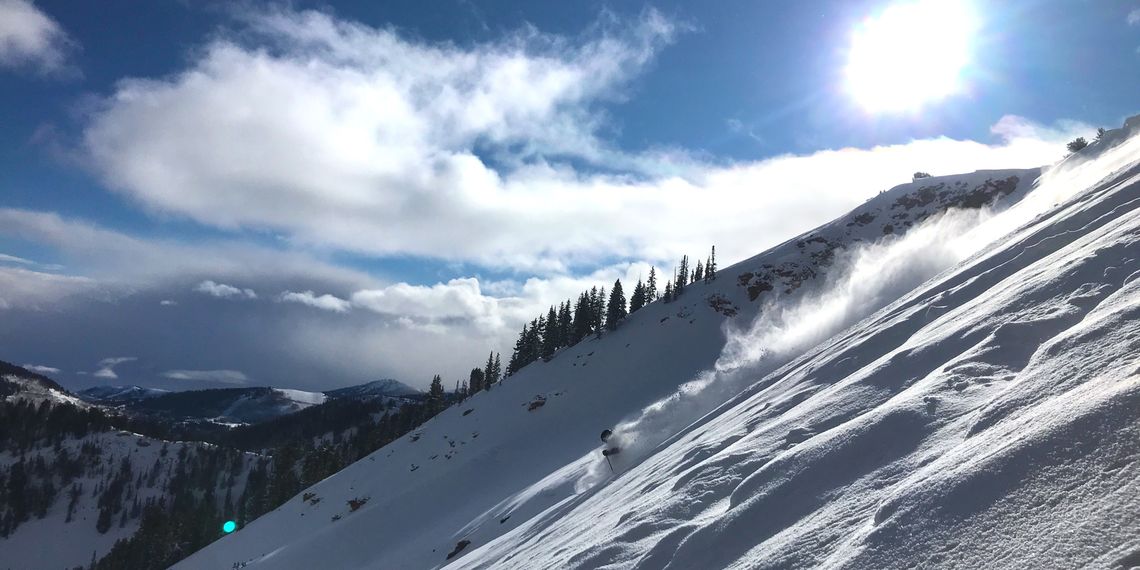National Injury Prevention Day
Click here for resources and to learn more about National Injury Prevention Day.
grew up in Durango, Colorado, where high-risk sports like whitewater rafting, rock climbing, and backcountry skiing were a part of life. My dad worked in health care administration, and when I visited his office and hospital, I discovered that the fast-paced medical world intrigued me. By the time I entered high school, I wanted to become an EMT.
Although I initially planned to train as a paramedic, my sister, who was working on her nursing degree, recommended that I explore nursing instead. I wound up working as an ER nurse—a perfect fit for a thrill-seeker like myself.
Prevent harm by planning ahead
As National Injury Prevention Day approaches, we can’t stress the importance of safety, both in clinics and in the great outdoors, enough. Sometimes we jump into harrowing new adventures or opportunities without pausing to consider the risks.
Weigh the pros and cons: Whether you’re kayaking in Class V rapids or awaiting the arrival of an ambulance, prioritize safety preparedness. Sure, taking risks might be part of the fun, but identifying potential consequences before you enter a dangerous situation often prevents injuries down the road.
Just as you would weigh the pros and cons of choosing what line to ski in the backcountry, think about the outcomes of your actions at work, too. Have a plan in place for if something goes wrong.
Injury Prevention Learning Series
Click here to check out the Injury Prevention Learning Series from ONDT and the Trauma Injury Prevention Program.
It’s okay to step back if you’re uncomfortable—those feelings often protect us from getting hurt in the first place.
Keep learning: I also promote safety preparedness through education. Whether you’re taking classes, working towards certifications, or engaging more with patients, continuous improvement reduces unnecessary risks.
The same principle applies to wilderness, as well. For example, in backcountry skiing you can practice techniques, enroll in an avalanche preparedness class, or learn how to use emergency radios or satellite phones. Anticipate those unexpected obstacles and grow your skills so that you’ll know how to respond in an emergency.
Don’t let your guard down: In situations where someone gets hurt, it's often because we let our guard down. We think, "We've conquered this line five times!” We don’t think, "What are we going to do if we fall? Where is my safe route?" When we rely too much on what’s familiar our attention slips, and we unintentionally expose ourselves to risk.
This rings true in health care, as well. Think of surgeons performing heart transplants. Even if they’ve done the operation many times, they must remain vigilant. They must anticipate complications and react when something unexpected happens.
Speak up for safety
In clinical settings, we must focus on keeping our staff and patients as safe as possible. Advocate for everyone, even if they aren’t part of your team. If you see a unit that’s down five nurses, remind your team that we’re all in this together. We’re responsible for making our environment a safe place for patients.
In the outdoors, speaking up for safety with your friends poses more of a challenge than discussing concerns with colleagues. Remind yourself that you’re just having a conversation, and others are probably thinking the same thing in the back of their mind. Be professional and courteous and stick to the facts to avoid accidental offense.
Speaking out takes courage. You never know when your words might help someone else speak up as well.
Prepare for adventure
- Physical conditioning: As I get older, I’ve realized how important it is to prepare for and participate in physical activity. Even if I just take five minutes to stretch or do some core strengthening, that still makes a difference.
- Stay educated: I stay proactive when it comes to work and outdoor activities. For instance, I’m an avid skier, so I enrolled in a virtual workshop through the Utah Avalanche Center. The program reviews last year's accidents, provides information on equipment, and offers overall re-education for enthusiasts. Opportunities like this make safety preparedness an innate part of our work and recreation.
- Make sure you have the right equipment: When I go backcountry skiing, regardless of whether I’m just doing a lap or going out for the whole day, I always prepare for the worst. I check that I have all my equipment with me including my shovel, beacon, batteries, a first aid kit, extra layers, and a radio.
It doesn’t matter if you’re tackling a new slope or a double shift— staying safe must be a top priority. Prevent unnecessary injuries by assessing risky situations upfront, using proper equipment, and educating yourself and others on safety preparedness.
Spencer Steinbach
When a medical error occurs, the patient is not the only person affected. Pediatric intensivist Brian Flaherty and psychologist Megan Call describe how caregivers can be impacted by medical error and provide strategies to cope.
Safety as a value requires a cultural shift, not just getting people to talk about patient safety but to know how it impacts everything we do. U of U Health’s Director of Patient Safety Iona Thraen draws from the personal to highlight a system-based approach for moving from reactive to proactive patient safety.
The practice of medicine is recognized as a high-risk, error-prone environment. Anesthesiologist Candice Morrissey and internist and hospitalist Peter Yarbrough help us understand the importance of building a supportive, no-blame culture of safety.
